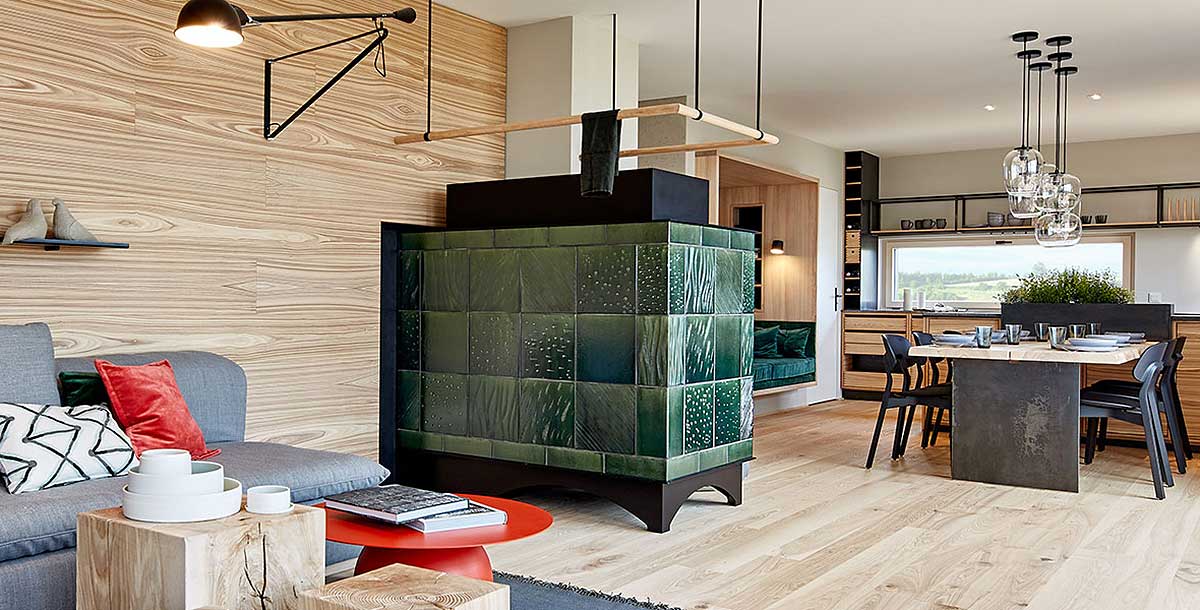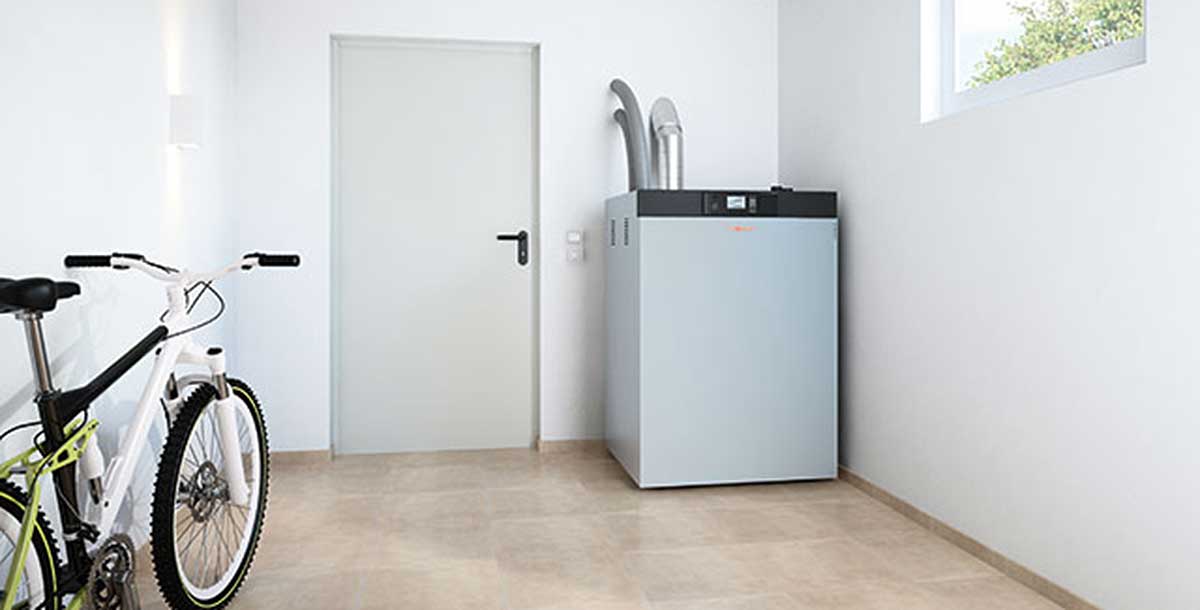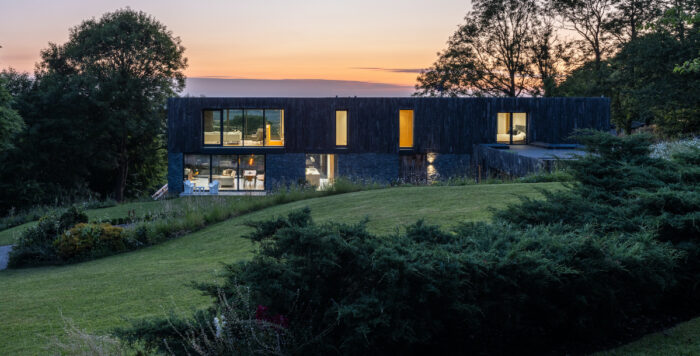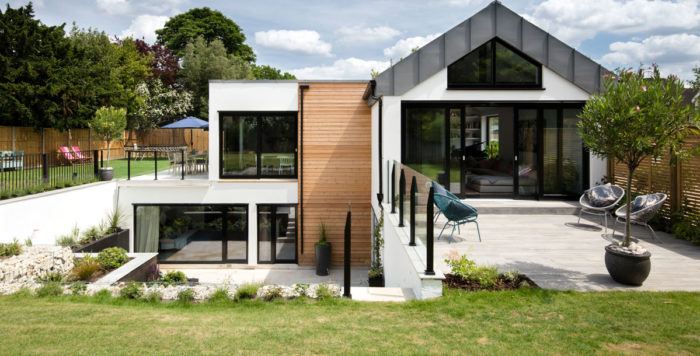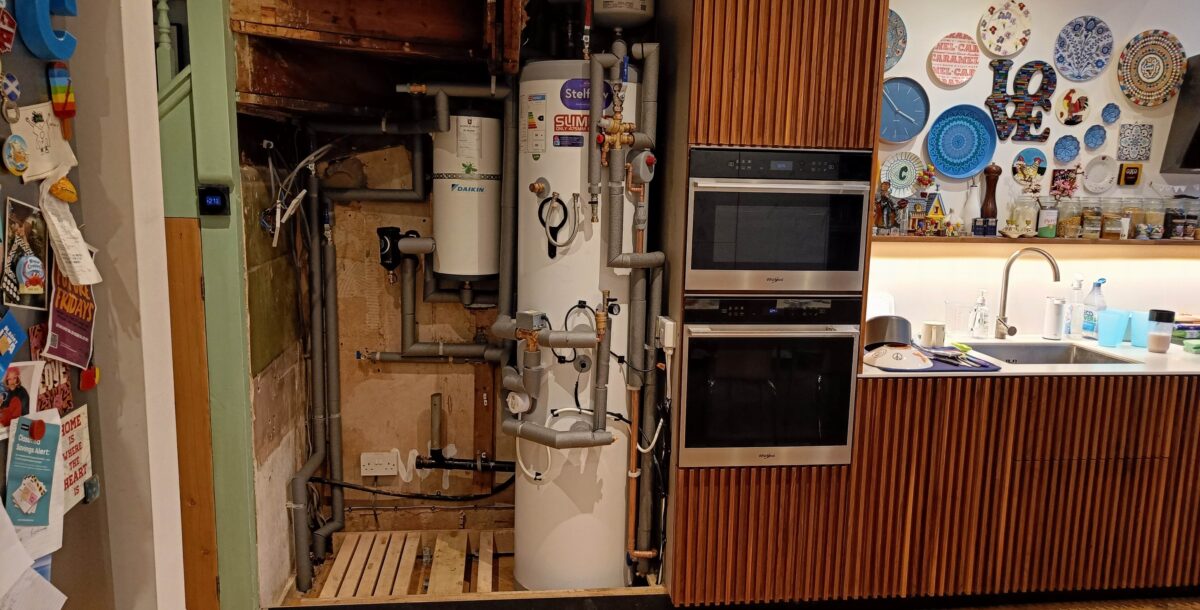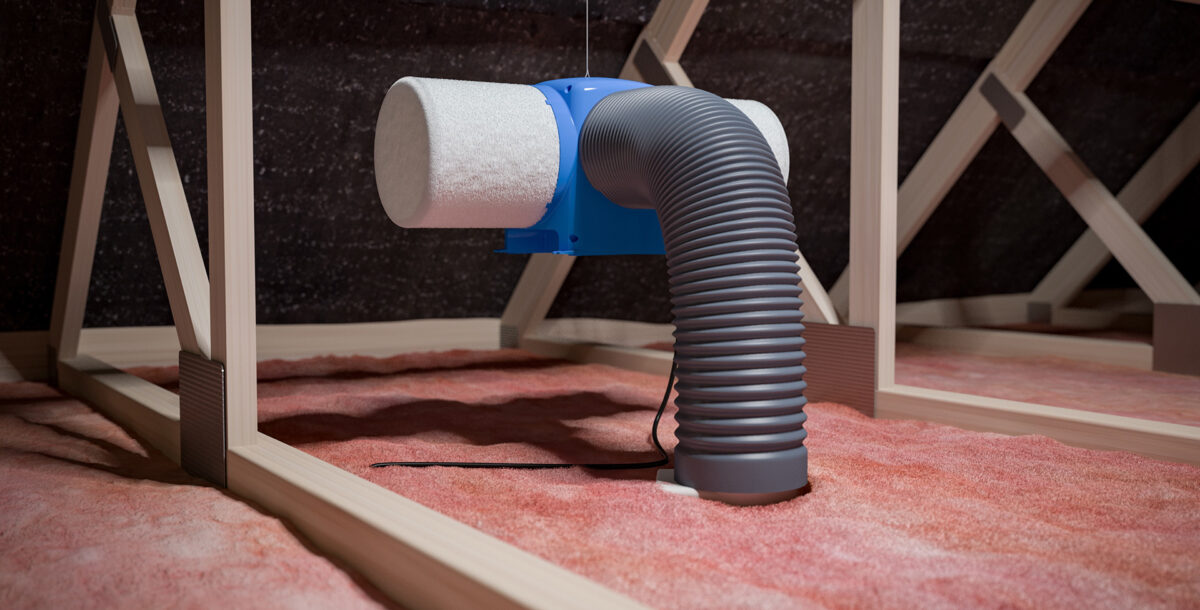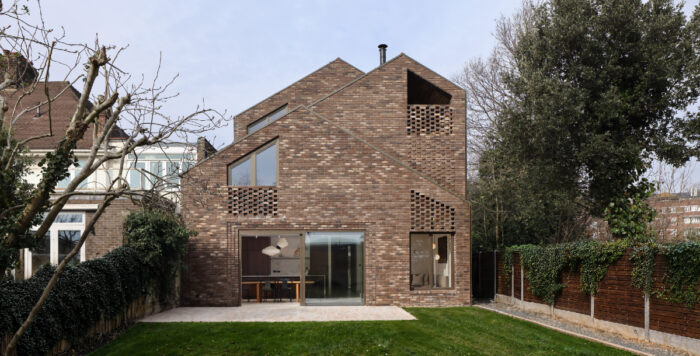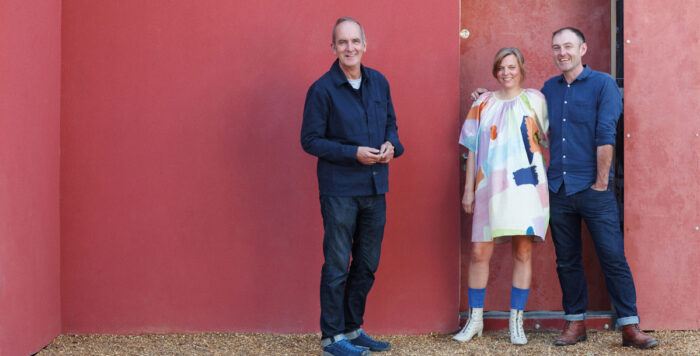What is a biomass boiler?
Find out exactly what this means of renewable heating can offer your home.
If you’re looking into renewable energy sources for your home, you may have heard of biomass heating. What is a biomass boiler? In essence, it burns biological matter to supply a heating system. Read on for more details.
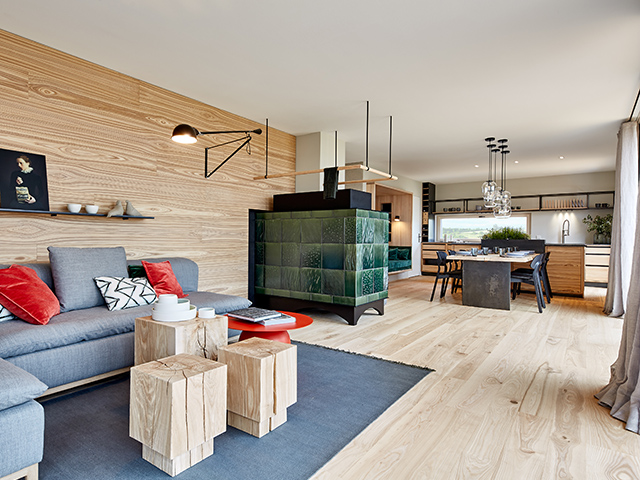
Biomass heating warms this low-energy home by Baufritz
Renewable fuel
Wood-fuel heating is often referred to as biomass. It is a renewable energy source because burning wood emits the same amount of CO2 that the tree took up while it was growing. A biomass boiler burns logs or pellets. Pellets are compressed sawdust and fine wood shavings. They are more convenient to use than logs, and their heat output is higher. Look for ENplus accreditation as an indication of quality, and source from a trader on the Biomass Supplier List. In doing so, you may qualify for Renewable Heat Incentive (RHI) payments.
Is it the right choice for me?
A biomass boiler provides hot water and heating highly efficiently. The downside is that you’ll need plenty of space to accommodate one and to store fuel. Pellets need to be close by and dry. So, housing a boiler in a utility room, garage or outhouse is the best option. Some models also require a thermal store to maximise efficiency. A specialist heating engineer can tell you if a biomass boiler is an appropriate, cost-effective heating solution for your needs.
Biomass boilers have an efficiency of around 80-90 per cent, which is higher than conventional fossil-fuel boilers. They need an annual service and a flue that meets regulations for wood-burning appliances. HETAS recommend the flue or chimney should be swept twice a year to remove soot deposits and blockages.

